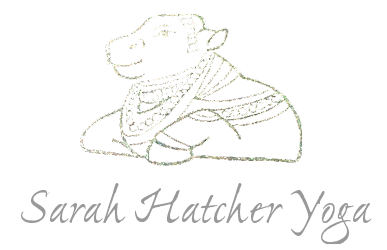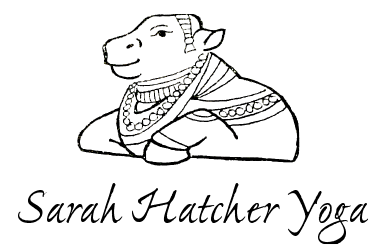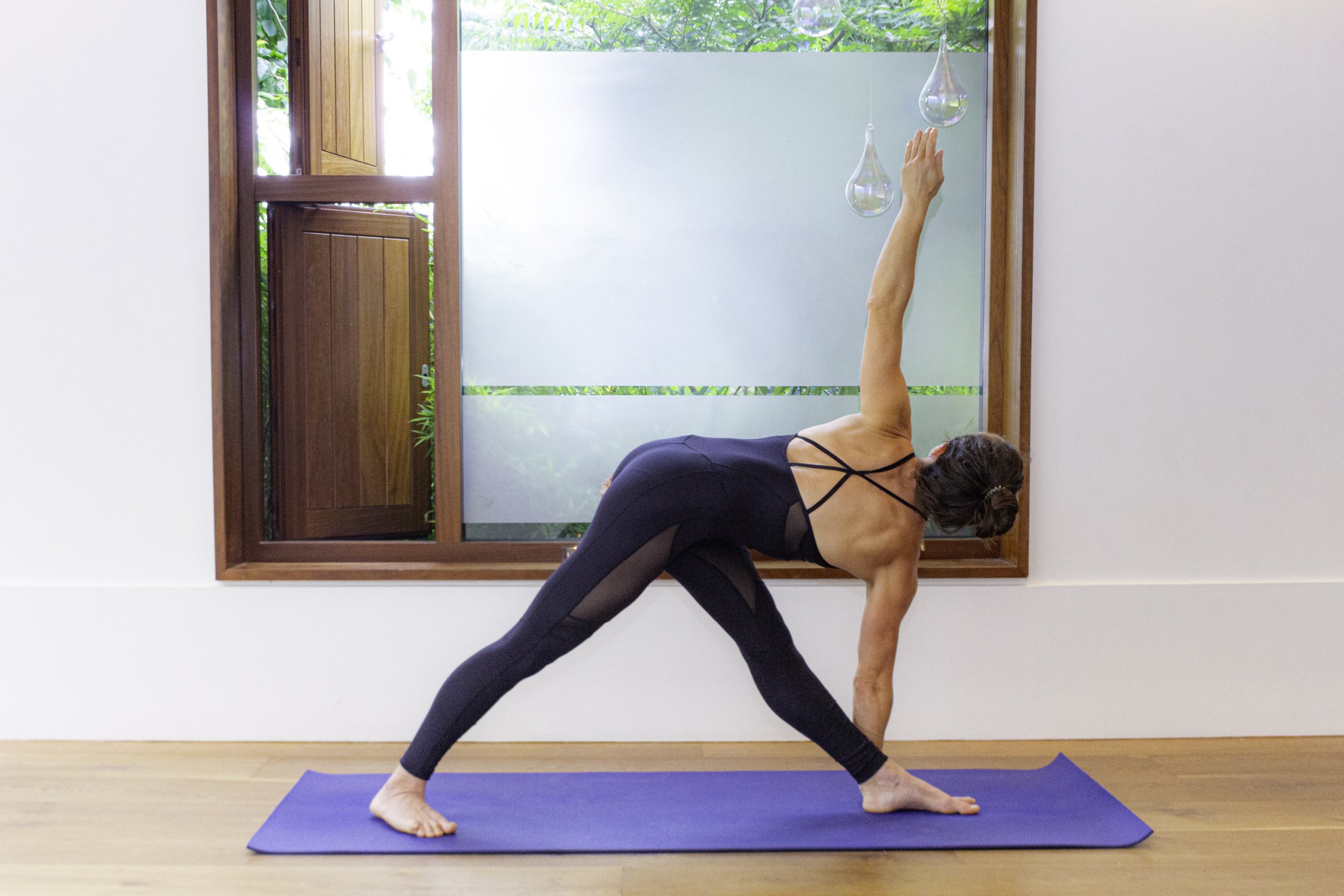Asana IS the goal of yoga
When I was in my early thirties, I was entirely focused on my yoga practice. I was just beginning to learn the third series. I hadn’t started a chanting or meditative practice yet - to be honest - asana was the goal of yoga. Now that I am 46, I have a few more skills to do on the mat other than asana, I practice meditation and pranayama and also have a devoted chanting practice. Truth be told, guess what…asana is still the goal.
(Asana in this blog post is to be referred as ‘yoga posture’. An example of this would be lotus pose, or padmasana. Padma (lotus) asana (posture) hence the name, “Padmasana”).
Any given yoga practice will have variety during one’s time on the mat. There will be philosophy, theory, there will be some chanting, there is meditation and of course, a little bit of pranayama. The hour or hour and a half of time one spends on the yoga mat will have all of these components involved; interestingly enough, one may only do asana. Through the asana, all of these components may happen! How is it that by just practicing postures, one can access a state of concentration and meditation without even trying?
The late BKS Iyengar describes the yoga sutra, “Shira sukham asana” (Yoga Sutra 11.46) as:
“Asana is perfect firmness of body, steadiness of intelligence and benevolence of spirit.”
Iyengar further goes on to share that asana isn’t always comfortable; this is very true as most of us know. In the beginning it is difficult to understand the anatomy, the purpose, the breath, the alignment of postures. Remember when you first learned Namaskara A and B? Remember how difficult it was to remember to link the breath with this and that and to do these postures with care, discipline and ease? In the beginning it was hard! And with time you may have become more comfortable, however it didn’t just come, concentration and discipline were required.
Most interesting to me is that as I continue to practice entering my second decade of daily practice, the asanas are still the greatest tools for manifesting dharana (concentration) and dhyana (meditation). Let’s look at why:
“Usually the mind is closer to the body and to the organs of action and perception than to the soul. As asanas are refined they automatically become meditative as the intelligence is made to penetrate towards the core of being.”
When you practice an asana, there is much more than alignment, anatomy, stretching, strengthening, yawdy-dawdy going on. This is probably why I love yoga so very much: there are a many specific actions required to be successful. Iyengar says these are “conative, cognitive, mental, intellectual and spiritual.”
Conative: this means that one needs to work hard and use their limbs and their organs to actually perform a posture: effort with the physical body and breath is required of us. A definition of conative is defined here as a wish, intention or effort to do something (Cambridge Dictionary).
Did you sweat when you practiced or was it just a sleepy tamasic dream? What went on and what exactly was required of your body to perform the postures? WHY do you want do to the yoga anyways?
Cognitive: perception of what happened and the results of what one did on the mat. Cognitive would be described as “thinking or even being away of what happened; the mental process”; this is whatgot you to do the posture! Example would be:
How do you feel afterwards? Directly written: did you freak out for four years when learning Kapotasana like I did, or did you just quit the pose because of the rigorous requirement it asked of you?
Mental and Intellectual: fusing the above two together - there is a knowing and realisation of what went on and what was required of you to perform the asana. This is also called ‘discriminative awareness’.
What kind of sacrifices do you have to to do in order to make the postures work? I am going to guess they were bigger than getting on the mat. You had to watch your diet, change your relationships a bit, find compassion for someone who had hurt you, heal your limbs that were in the past in pain in order to find freedom in the limbs to perform, etc.
Spiritual: there is a joy and/or a freedom that is felt when one can link their physical body with intellectual awareness - there may be a flow in the limbs of in the cells of the body…there may even be a sense of “well being” which brings you closer to your soul.
From the knowledge of what you had to do in order to attempt to practice these postures well - safely, securely, with or without props, with or without a teacher, perhaps on your own…this sense of knowing brought you ease and freedom in the body allowing you to sit still and to be with yourself and your breath. This perhaps led you ultimately, to witness your quieter self, to a place known as concentration and meditation.
Getting focused on your physical being, your fitness and your heart - your lungs and your breathing…notice how this directly affects how you feel about yourself. Postures are physically demanding shapes that bring you a slim waist, a clear mind and a sense of purpose. When you are required to do something that is a bit scary or new, you ultimately dig into a place of wonderment. I often will ask myself,
Why in the hell am I doing this? I really should take up another hobby.
However, I don’t quit. I haven’t quit in twenty-two years. This is because I feel the urge to move my spine. I love how it has changed in the last five years. After completing fourth series, I wondered, “Why do it?”
You don’t have to prove to anyone that you do yoga. You can do it here or there, you can do it anywhere. You can do it in the morning, in the evening, you can do it in your jammies or in your fanciest yoga outfits. You can do it on a bathroom towel or you can purchase a brand new fancy mat for €200. Whatever suits you best is what you do. You find yoga or yoga finds you. Yoga is about getting first physical and somatic. Yoga is an experience that is ultimately yours which directly takes you to the company of your quieter self and later, becomes a ritualistic and personalised expression where you get to be with the person you know you are.
Therefore asana is the goal of yoga and should be done regularly…and as BKS Iyengar says, “with benevolence of spirit.”
Happy practice to you, yogi!


